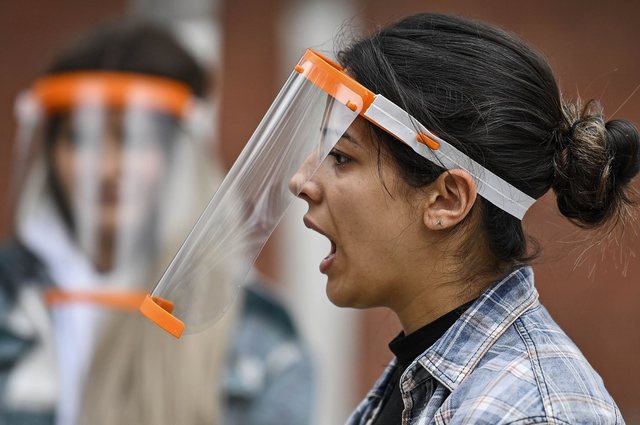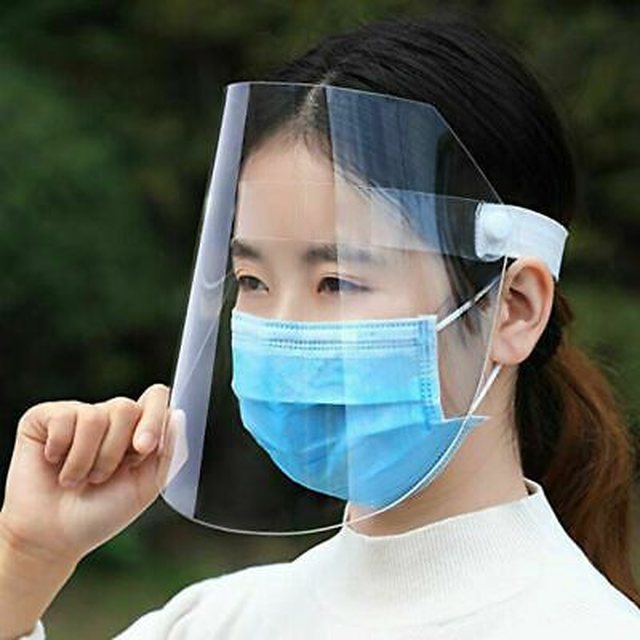
People who wear plastic masks on their face, or even those who are also equipped with a valve, can scatter invisible splashes over a very wide area if you sneeze or cough. Thus, this type of mask, which seems comfortable for some, makes these devices ineffective in preventing the spread of COVID-19 when used alone, ie unaccompanied by an additional mask.
In a report published in early September in the US by the journal Physics of Fluids, researchers at Florida Atlantic University used vertical and horizontal laser sheets to track small droplets of distilled water and glycerin as they spread from a hollow mannequin head, fitted with a plastic shield on the face or a mask with a valve.

The shield initially blocks the passage of splashes as they tend to protrude, but "the splashes can spread around the mask space easily, and can even spread even further , " the researchers said.
" As for a mask with a valve to make breathing easier, there are still doubts, because a large number of points pass through the valve without a filter, which makes it ineffective in stopping the spread of coronavirus if the person wearing the mask is infected . "
The researchers concluded that despite the convenience that these two types of masks offer, high-quality cloth masks or surgical masks are preferable to help prevent the spread of the virus.





